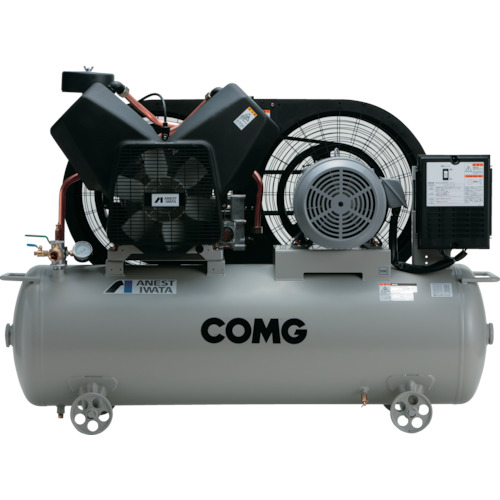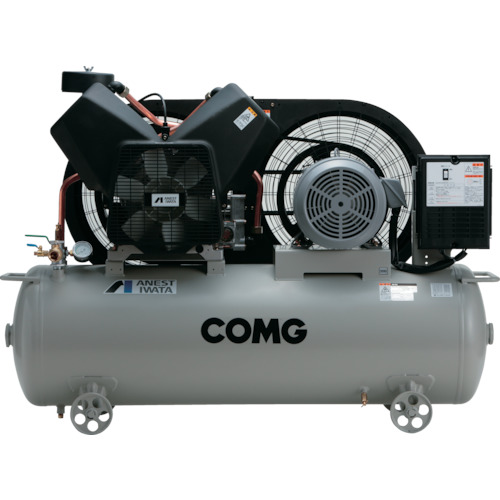OMRON EQ100-E Sensor Network Server
OMRON
EQ100-E
Sensor Network Server
Specifications:
Items | Details | ||
Power Supply Voltage | 100-240 VAC (-15 to +10%), 50/60 Hz | ||
Power Consumption | 15 VA or less | ||
Maximum No. of | LAN | 100 units (In case of a measurement device that can be connected with LAN | |
RS-485 | 124 devices (31 devices x 4 ports) | ||
Maximum No. of Measurement Channels | 500 channels (There are restrictions depending on the type of the | ||
Collection Interval | 1/5/10/30/60 minutes | ||
Commu- | LAN | No. of Ports | 2 ports (one LAN port and one sub-LAN port) |
Interface | 10BASE-T/100BASE-TX | ||
Connector | RJ-45 Cross/Straight Automatic Judgment | ||
RS-485 | No. of Ports | 4 Ports | |
Communication | CompoWay/F, Modbus RTU | ||
Maximum No. of | 31 devices per port (Total: 31 devices x 4 ports = 124 devices) | ||
Terminating | Incorporated (120 Ω) | ||
Communication | 9.6/19.2/38.4 kbps (at the time of shipment from factory: 9.6 kbps) | ||
Data Bit Length | 7/8 bits (when shipped from factory: 7 bits) | ||
Stop Bit Length | 1/2 bits (when shipped from factory: 2 bits) | ||
Vertical Parity | None/Even/Odd (when shipped form factory: Even) | ||
General- | No. of Input Points | One Point (Pulse Input) | |
Input Pulse Width | 5 ms or more | ||
Rated Input Voltage | 12-24 VDC, -15% to +10% | ||
Input Impedance | Approx. 2.2 kΩ | ||
Input Current | 12 V/5 mA (TYP), 24 V/10 mA (TYP) | ||
ON/OFF Voltage | 10.2 VDC or more/5.0 VDC or less | ||
General- | No. of Output Points | Four Points (Monitoring Alarm Output) | |
Maximum Load Voltage/ | 30 VDC/50 mA/Point | ||
ON Resistor | 5 Ω or less | ||
Display | Display of Operating/Abnormal/Collection State and Monitoring Alarm | ||
Operation Buttons | RUN/STOP Button, RESET Button, and TEST Button | ||
DIP Switch | DIP Switch for Setting | ||
SD Drive | SD Card Drive, SD SAVE Button, and SD BUSY Display | ||
Insulation Resistance *2 | Between power terminals and FG terminal: 20 MΩ or higher (500 VDC, | ||
Withstand Voltage *2 | Between power terminals and FG terminal: 1500 VAC for one minute | ||
Vibration Resistance *2 | 10 to 150 Hz: Half amplitude of 0.1 mm, acceleration of 15 m/s2, | ||
Shock Resistance *2 | 150 m/s2, 6 directions of up, down, right, left, front and back, 3 times each | ||
Operating Ambient Temperature/ | -10 to +55°C / 25-85%RH (no freezing and condensation) | ||
Storage Ambient Temperature *2 | -25 to +65°C (batteries are excluded) | ||
Storage Humidity *2 | Relative Humidity 25-85%RH | ||
Protective Structure | IP20 | ||
Supported Memory Card | SD card (optional, up to 2 GB), SDHC card (optional, up to 32 GB) | ||
Data Protection of Internal Volatile | Lithium battery, five-year life (reference value, at ambient temperature of | ||
Built-in Clock | Supporting leap years from 2010 to 2099 | ||
Mounting | Screw or use DIN rail to mount it | ||
Weight | Approx. 0.7 kg | ||
Accessories | Operation Manual, Startup Guide | ||
*1. The number of connectable measurement devices is different depending on the connection method. For details, refer to
the User's Manual.
The measurement device means the device connected with EQ100-E to measure data, such as each sensor or PLC.
*2. When an SD card is not inserted
*3. The SDXC card is not supported and cannot be used.
If the SD/SDHC is not formatted, use the format software to format it.
For the SD card formatting software distribution site, refer to the following URL.
https: //www.sdcard.org/jp/downloads/formatter_4/
*4. Orders for HMC-SD291 will be accepted until the end of March 2022.
Software Specifications
Items | Details | |
Operation Mode | Normal Mode | Modes when operated normally |
Safe Mode | Modes when recovering from disasters or maintaining the device | |
Logging Function | The logging function is configured with collected data and event logs. | |
Setup Function | The setup file needed for EQ100-E can be created using EQ-Manager | |
Time | Synchronization with | EQ100-E synchronizes time with the EQ Server (PC used as a server). |
Synchronization with | EQ100-E synchronizes time with the SNTP server. | |
Network Connection | LAN connection port: The connectable functions/devices are as follows: | |
Web Function (Japanese, English, and | You can confirm operating condition, operate the EQ100-E, view simple | |
Taking Out Internal Data File | The following four methods are available: | |
(1) Collecting by EQ Server | The EQ server collects the collected data and event logs stored in the | |
(2) Operations on Web | The collected data or event logs stored in the EQ100-E internal memory | |
(3) SD Card Output | Any of the following operations outputs the collected data and log files | |
(4) FTP Transfer | FTP server and FTP client functions are available. | |
Monitoring | Function | Alarm is set off when collected data exceeds the upper or lower limit. |
Email Notification | Function: Monitoring Alarm Email | |
Log to Internal Memory | Monitoring alarm occurrence is saved into the internal memory. | |
Status Indication | The monitoring alarm indicator is turned ON. | |
Device Alarm | Function | Detects a device failure, setup/status failure, device failure, |
Email Notification | Function: Device alarm notification email | |
Status Indication | Lighting, blinking, blinking in long cycles, temporary lighting of the | |
Log to Internal Memory | An occurred device alarm is saved into the internal memory. It can be | |
Contact Output | Function | An alarm can be outputted through the general-purpose output terminal |
Email | Function | • Monitoring alarm notification email: Sent upon a monitoring alarm |
Maintenance | Communication Test | Communications with connected measurement devices are |
Clock Setting | The time is configured for the built-in clock of the EQ100-E. | |
General-Purpose | The general-purpose output terminals of the main unit are operated ON | |
FTP Test Transfer | FTP transfer from the EQ100 to the FTP server is tested. | |
Firmware Update | The firmware of the EQ100-E is updated. The firmware can be updated | |
Sensor (measurement device) types and maximum number of measurement channels
Connection | Connection | Connectable | Maximum No. of | Maximum No. of Measurement | |
Collection | Five minutes | ||||
RS-485 *4 | RS-485 | Power Sensor | 124 devices | 160 channels | 500 channels |
LAN | LAN Connection | Power Logger | 100 devices | 500 channels | 500 channels |
Sensor via Wireless Unit Slave | 30 devices *2 | 40 channels | 120 channels | ||
Wireless Environment Sensor | 30 devices *2 | Follow the restrictions on the number of | |||
PLC | CJ-Series | 10 devices | 500 channels | 500 channels | |
Pulse Input | - | One point | One channel | One channel | |
Operation | This channel is obtained by treating | - | 100 channels | 100 channels | |



